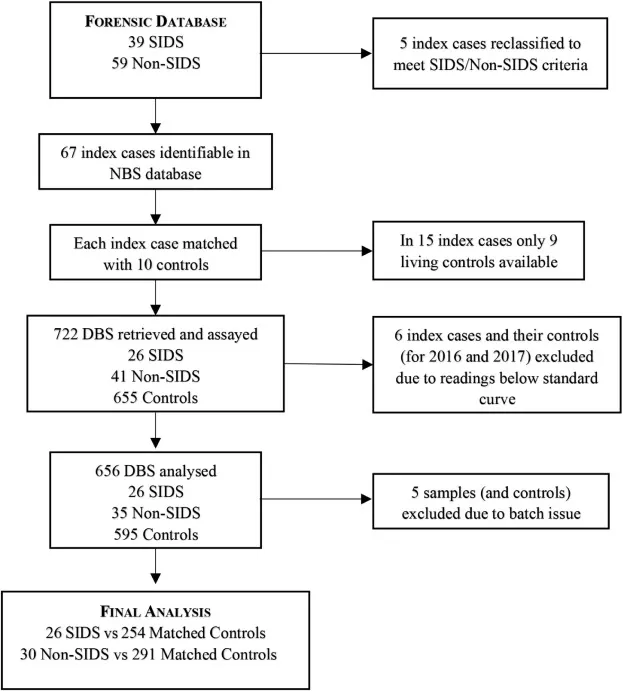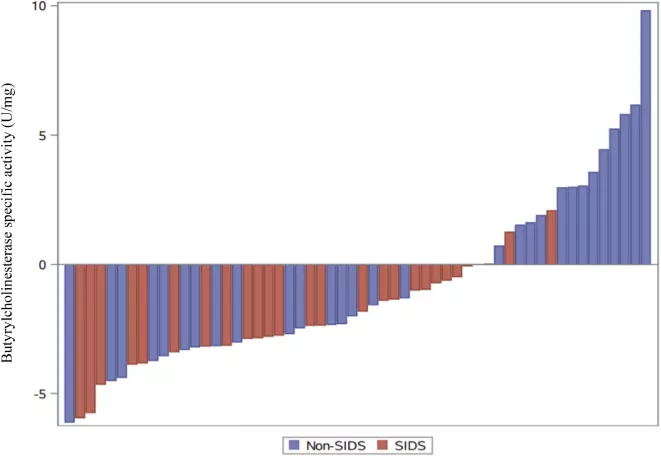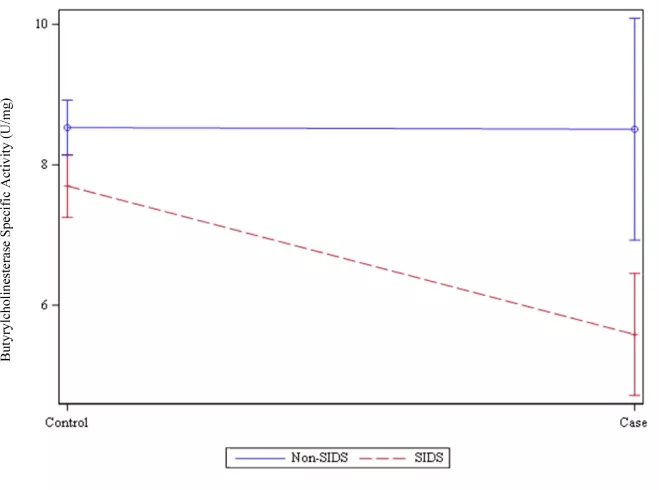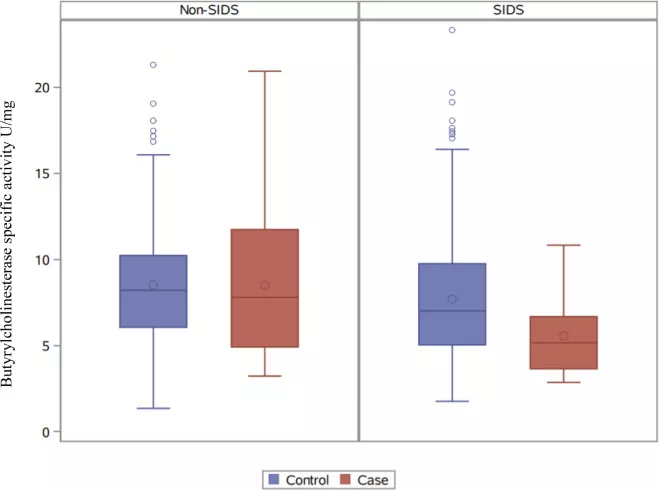Sudden infant death syndrome (SIDS) is one of the main causes of infant death. Until now, researchers have been unable to determine any specific physiological factors that may make infants more vulnerable An Australian research team has now identified a blood biomarker associated with brain arousal that may be used to identify infants most likely to develop sudden infant death syndrome.

In the past few years, as researchers have found that more and more environmental factors play a role in this terrible and unpredictable event, the number of infant deaths from SIDS has been greatly reduced. However, despite these advances, sudden infant death still accounts for about 50% of all infant deaths in western countries.
Sudden infant death is considered to be a multifactorial event, which means that several factors need to occur at the same time before infants can be exposed to this high risk. At present, the hypothesis explaining SIDS is called "triple risk model". This model shows that the occurrence of SIDS must have three factors at the same time: a physiologically fragile infant, a critical period of development, and an external source of stress. Researchers have previously identified several external stressors that contribute to the risk of SIDS - from habitual face down sleep to exposure to tobacco smoke.
"Only when an infant has all three factors will he / she die of SIDS; unless he / she is affected by external stressors during a critical period, the infant's vulnerability is latent. Despite in-depth research over the past few decades, the identification of any specific vulnerability remains elusive," the researchers wrote in a new study
The new research focuses on a special enzyme called butyrylcholinesterase (BChE). This enzyme plays a role in the brain's arousal system, and the researchers hypothesized that the lack of BChE may make infants more vulnerable to other factors leading to SIDS.

"Babies have a very powerful mechanism to let us know when they are unhappy. Usually, if babies encounter life-threatening situations, such as difficulty breathing because they lie on their stomach during sleep, they wake up and cry," said Carmel Harrington, the project's lead researcher



The researchers looked at BChE levels in dried blood samples from 722 infants at birth. Of these babies, 67 died suddenly and accidentally between the ages of one and two. In small island developing States, 26 people are classified as dead in Central Africa.
SIDS cases showed significantly lower BChE levels at birth compared with the control group of infants who died of other causes and healthy infants. According to Harrington, this suggests that low levels of brain arousal enzymes may make infants more vulnerable to SIDS.
"What this study shows is that some babies don't have this equally powerful arousal response. This has long been thought to be the case, but so far we don't know what caused the lack of arousal response. Now we know that BChE is involved, and we can start to change the outcome of these babies and make SIDS a thing of the past," Harrington said
Looking ahead, the researchers urge more work to validate their findings. Since this is the first measurable blood biomarker that can be used to indicate the risk of SIDS, the goal is to include the BChE test in the standard neonatal screening protocol. This allows parents and doctors to identify infants at high risk of SIDS and take more protective measures against known external causes.
Harrington also hopes to start studying ways to address this particular enzyme defect so that infants found to have low levels of BChE can be further protected.
"This finding provides the possibility for intervention and ultimately the answer for parents who have sadly lost their children," Harrington concluded
The new study was published in the Journal ebiomedicine.